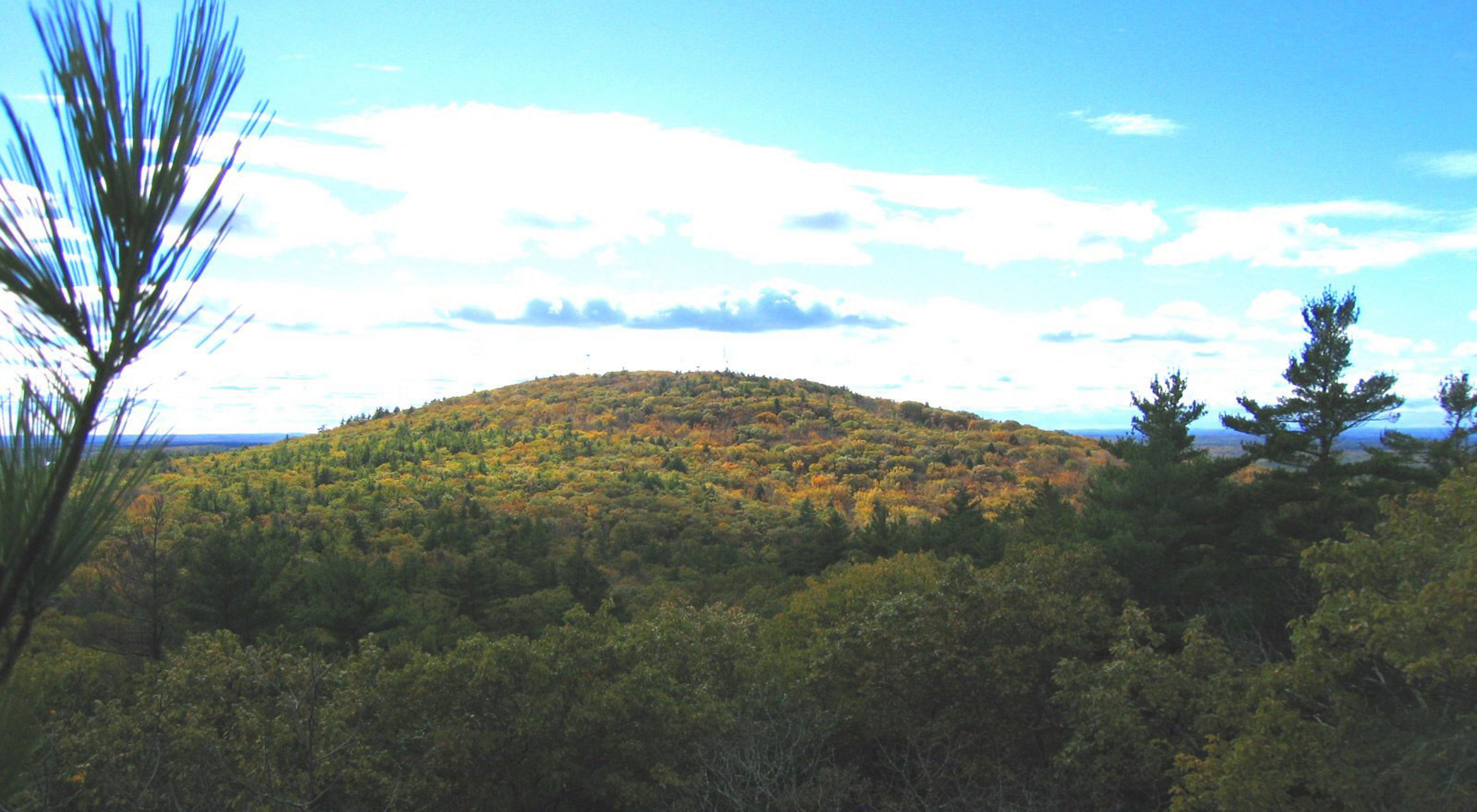Description
An oasis of diversity in southern Maine, the Mount Agamenticus region is home to the largest intact coastal forest between Acadia National Park and the New Jersey Pine Barrens.
The region covers nearly 30,000 acres in the southern Maine towns of Eliot, Ogunquit, South Berwick, Wells and York and provides exceptional wildlife habitat and opportunities for recreation.
A Last Refuge
For some of the species found here, these lands are more than a home; they are virtually a last refuge in Maine. Several varieties of southern hardwood species—including the shagbark hickory and chestnut oak—reach the northern limit of their ranges at Mount Agamenticus. An Atlantic white cedar swamp, dotted with hemlock and black gum trees, can be found along one of the mountain's former ski slopes.
What TNC Is Doing
The Mount Agamenticus region is also one of the fastest growing regions in Maine. Rapid development and urban sprawl are threatening habitat, recreation and the region's quality of life. To abate this threat, The Nature Conservancy helped form the Mount Agamenticus to the Sea Conservation Initiative, a partnership dedicated to conserving land in the region.
TNC and its partners in this initiative recently celebrated the 20-year anniversary of the partnership, which is committed to conserving 14,000 acres of open space.
The wetlands and vernal pools surrounding Mount Agamenticus are breeding and feeding grounds for wood frogs, blue-spotted salamanders, the threatened spotted and Blanding's turtles, and the rare ebony and ringed boghaunter dragonflies. These rich forests and fields also support a wide range of mammals and birds, including the snowshoe hare, black bear, wild turkey and great horned owl.
